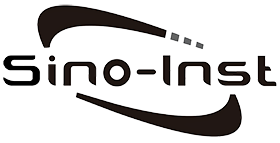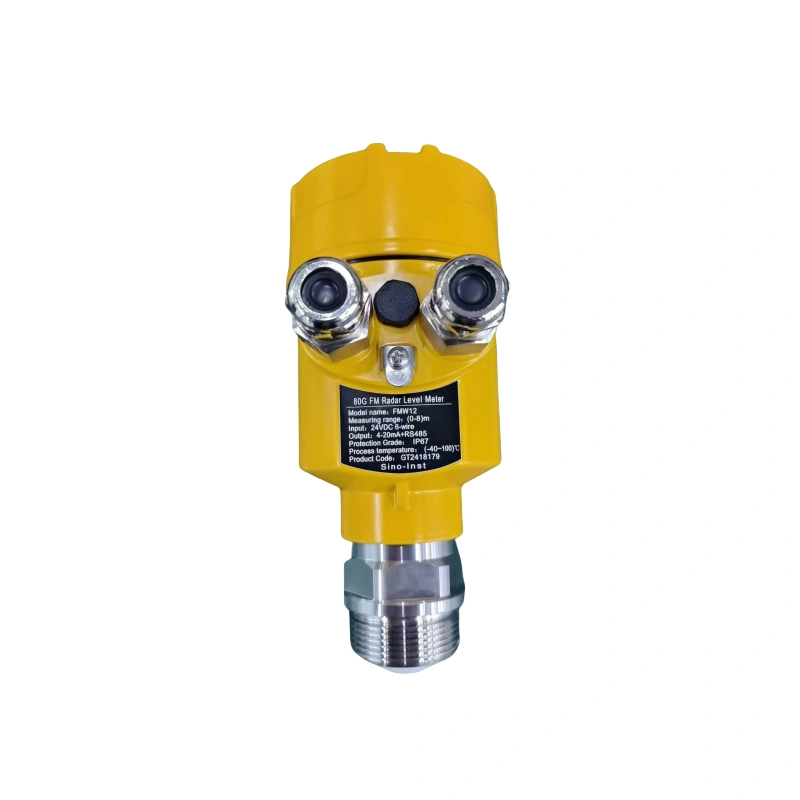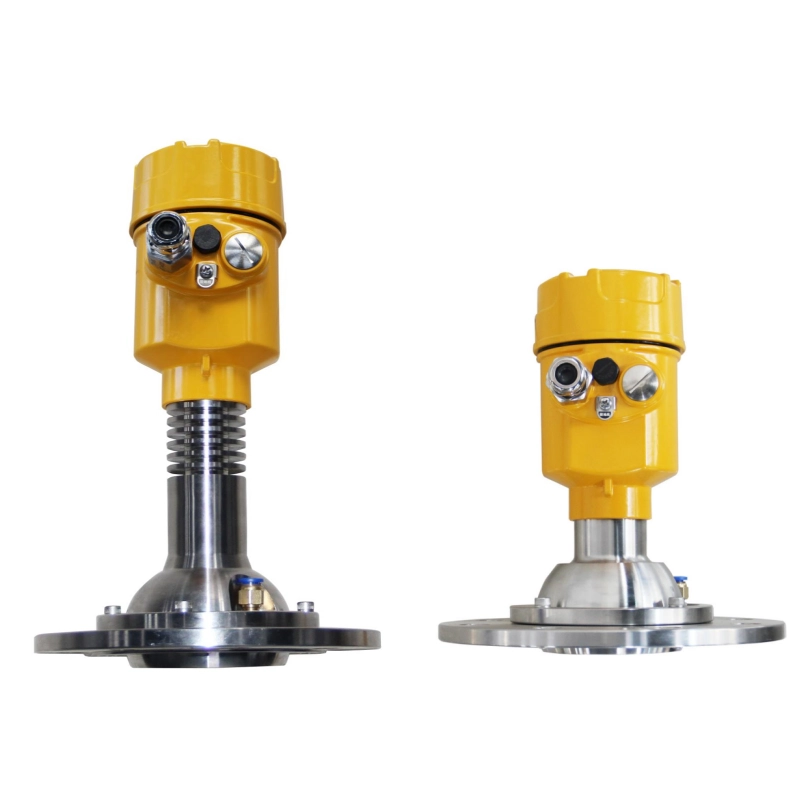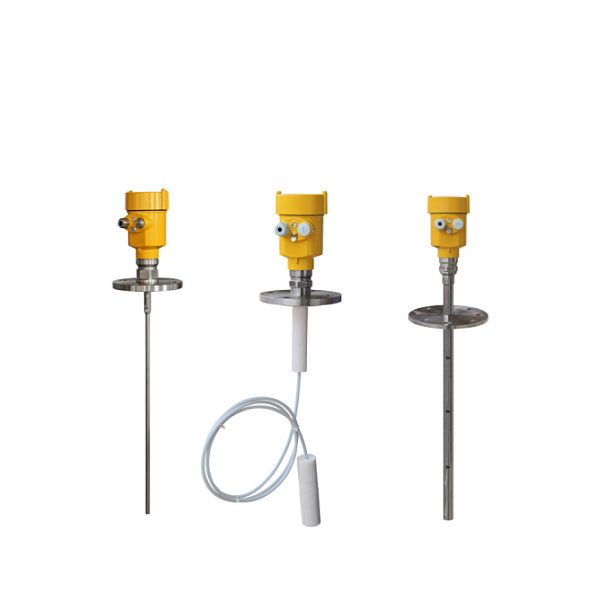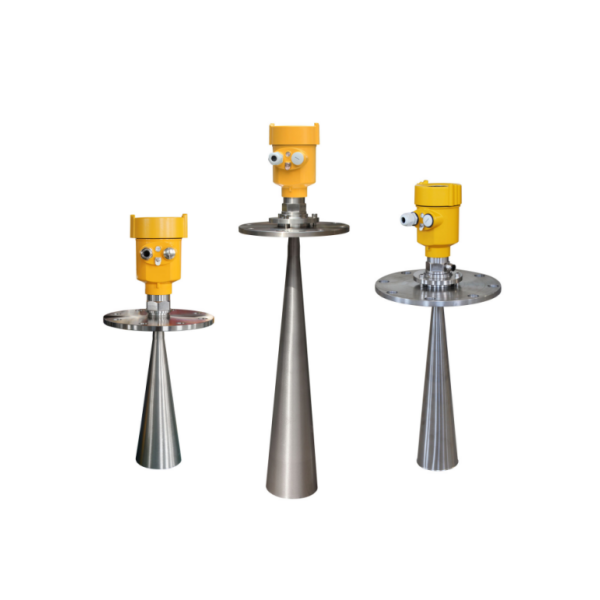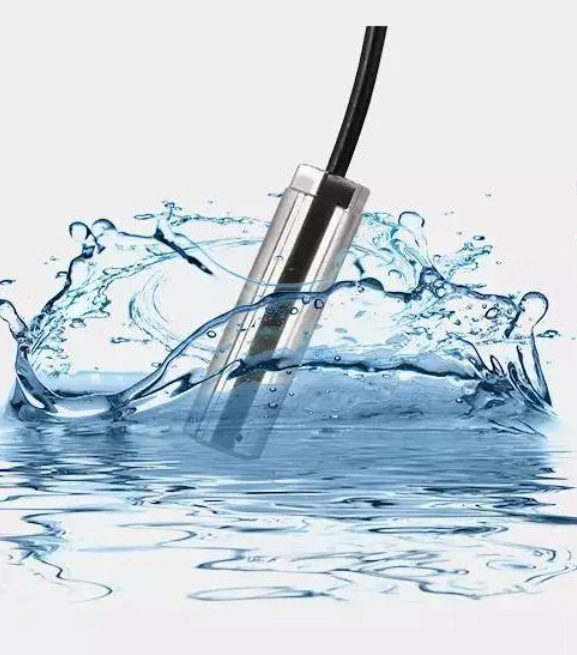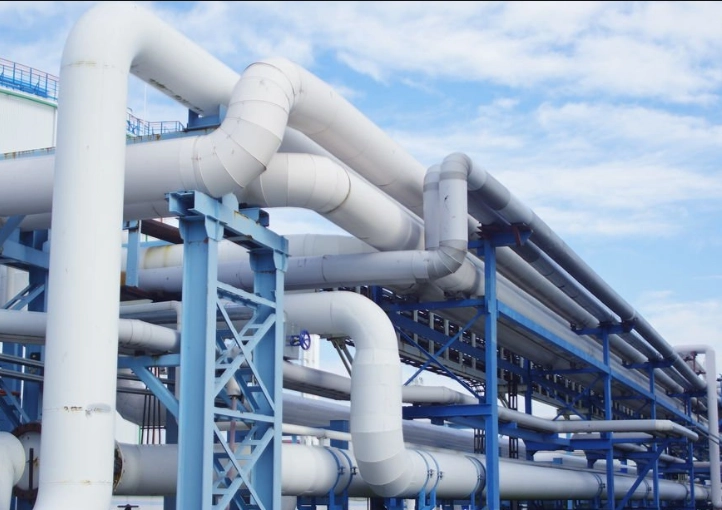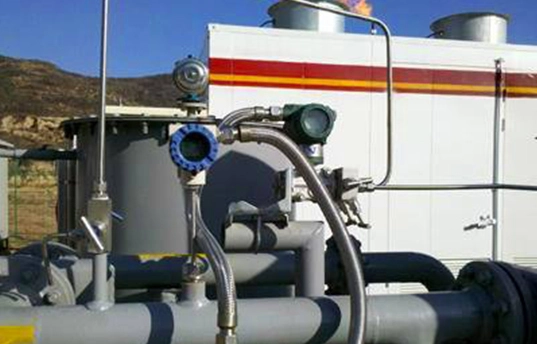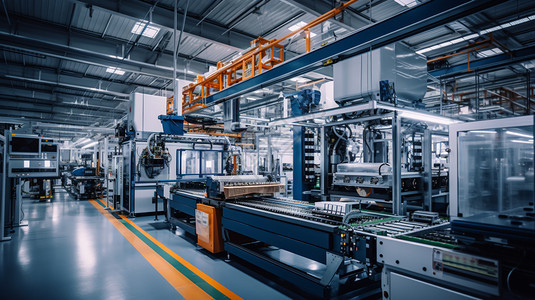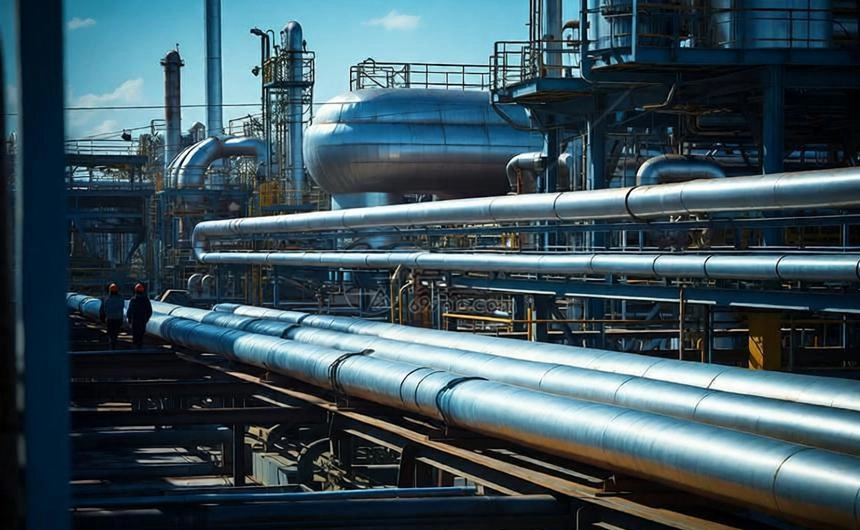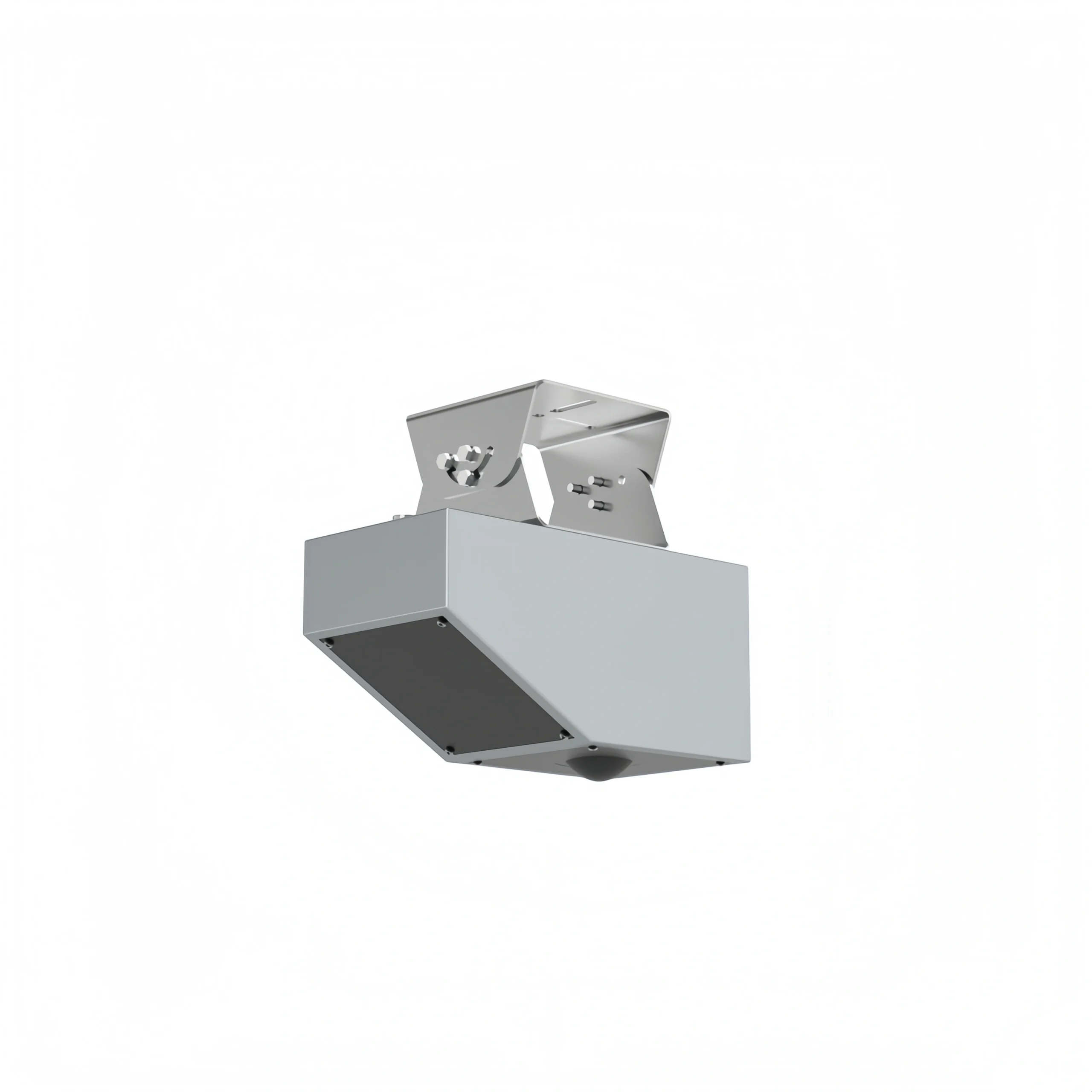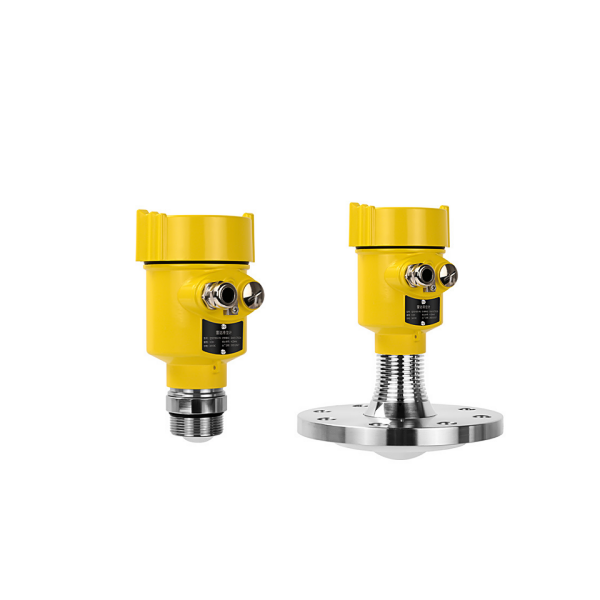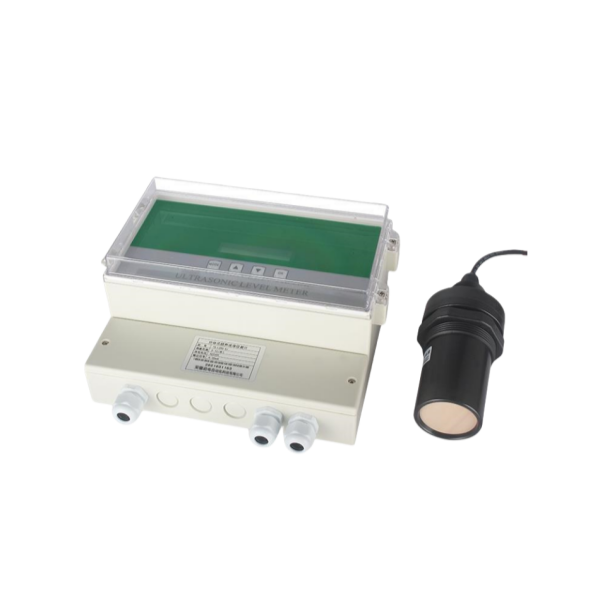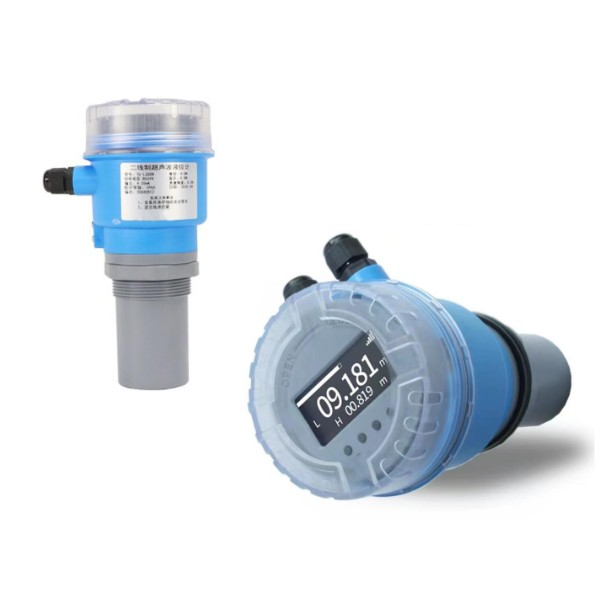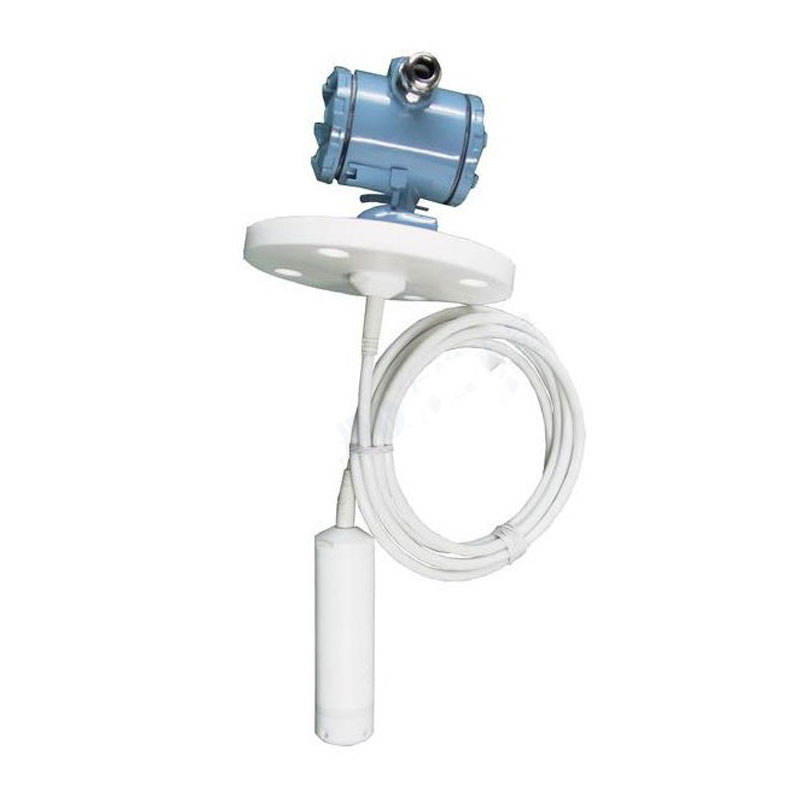Radar level transmitters and guided wave radar level transmitters have their unique features in different applications.
The biggest difference between them is:
Radar level transmitters are non-contact and unaffected by the properties of the medium. Guided wave radar level transmitters are contact-based. And it is affected by the properties of the medium.
This article explains the differences between the two and hopes it will be helpful.
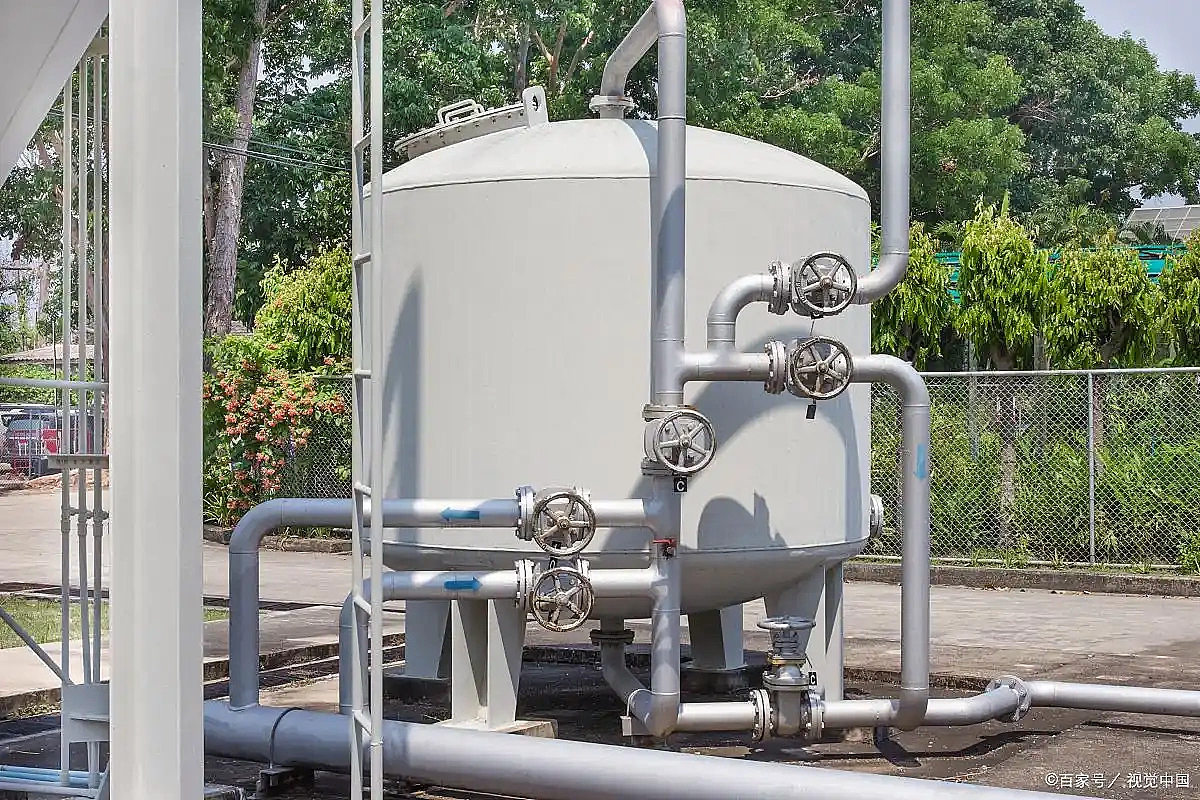
Sino-Inst Featured Product
Different Definition
A radar level transmitter is a non-contact measuring instrument. It measures liquid level by transmitting electromagnetic waves and receiving their reflected waves.
Radar Level Transmitter Feature:
The most significant feature of a radar level transmitter is its exceptional performance under harsh conditions. It can measure toxic and corrosive media, solids, liquids, dust, or slurries.
- Continuous and accurate measurement
- Interference echo suppression
- Accurate, safe, and energy-saving
- Maintenance-free and highly reliable
- Easy maintenance and simple operation
- Widely applicable, suitable for measuring virtually all media
Guided wave radar level transmitters are contact-type measuring instruments. It uses a waveguide probe or cable to guide electromagnetic waves for level measurement.
Guided Wave Radar Level Transmitter Features:
- Strong steam and foam suppression
- Unaffected by liquid density, solid material porosity, temperature, and dust during charging;
- Low maintenance
- High performance
- High accuracy
- High reliability
- Long service life
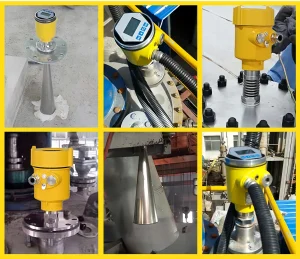
Different Working Principles
The basic working principle of a radar level transmitter: transmit-reflect-receive
The radar sensor’s antenna transmits an electromagnetic wave signal in the form of a beam. The transmitted wave reflects off the surface of the material being measured. And the reflected echo signal is received by the antenna.
Ultrasonic sampling is used to collect data at each point in the transmitted and reflected beams. The signal is processed by an intelligent processor to determine the distance. Then the sensor sends to the terminal display for display, alarms, and operation.
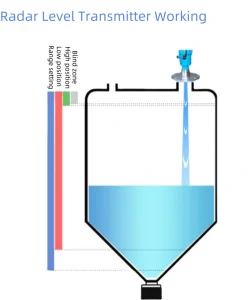
Guided wave radar level transmitters are measuring instruments based on the time-travel principle. Radar waves travel at the speed of light. And the travel time can be converted into a level signal by electronic components.
The probe emits a high-frequency pulse that propagates along a cable probe. When the pulse hits the material surface, it reflects and is received by a receiver. It converts the distance signal into a level signal.
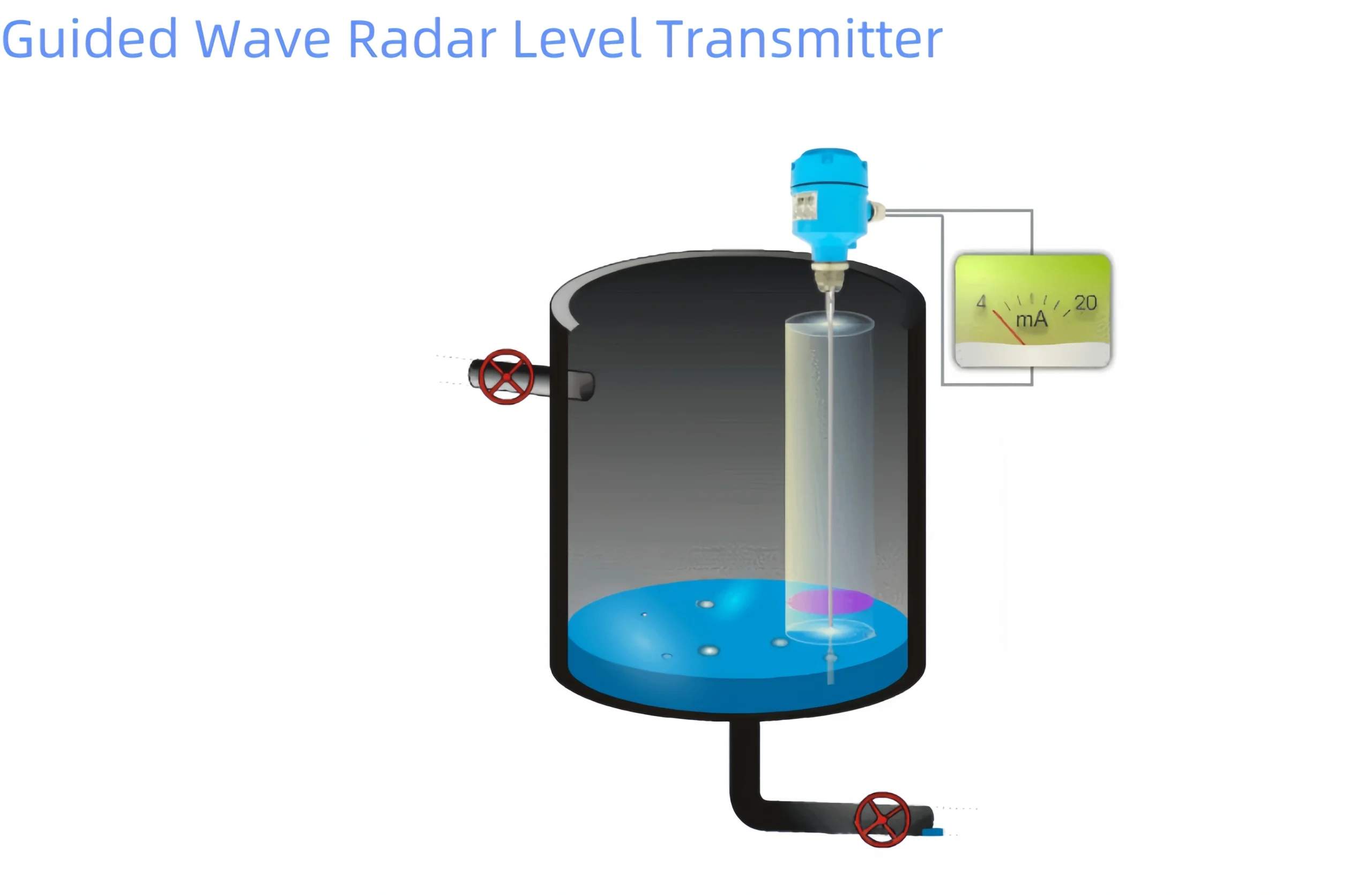
Different Application Media and Environments
Guided wave radar level transmitters use contact measurement. So the corrosiveness and adhesion of the medium must be considered.
Ordinary radar level transmitters are non-contact. So it has a wider application range.
Specific media they are suitable for are as follows:
1. Media Compatibility
Radar Level Sensor (Non-Contact)
Low dielectric constant media (such as liquefied petroleum gas and certain organic solvents):
Microwave reflection signals are weak and easily interfered with.
High dust and steam environments (such as dust tanks and cooking tanks):
Microwaves experience significant attenuation when propagating in air, resulting in unstable reflection signals. Highly volatile, corrosive, high-temperature, and high-pressure media.
(such as acidic and alkaline solutions, organic solvents). Avoid corrosion or wear by not contacting the media.
Highly viscous b ut non-scaling media (such as heavy oil). Avoid material buildup on the waveguide. Low-viscosity, easily flowing media (such as water, light oil).
Guided Wave Radar Level Transmitter
Highly corrosive media: The waveguide is susceptible to corrosion (requiring the use of special materials such as PTFE and Hastelloy);
Mediums prone to crystallization and solidification (such as molten salts). The waveguide may be coated, affecting signal transmission.
Highly viscous, easily scaled, and foamy media (such as syrups, paints, and muds). The waveguide guides microwaves to reduce interference from foam/scaling on the signal.
Low-dielectric-constant media: Direct contact between the waveguide and the media results in a stronger reflected signal (energy concentration);
Scenarios with agitation and turbulence within the tank: Microwaves propagate along the waveguide, less affected by liquid level fluctuations.
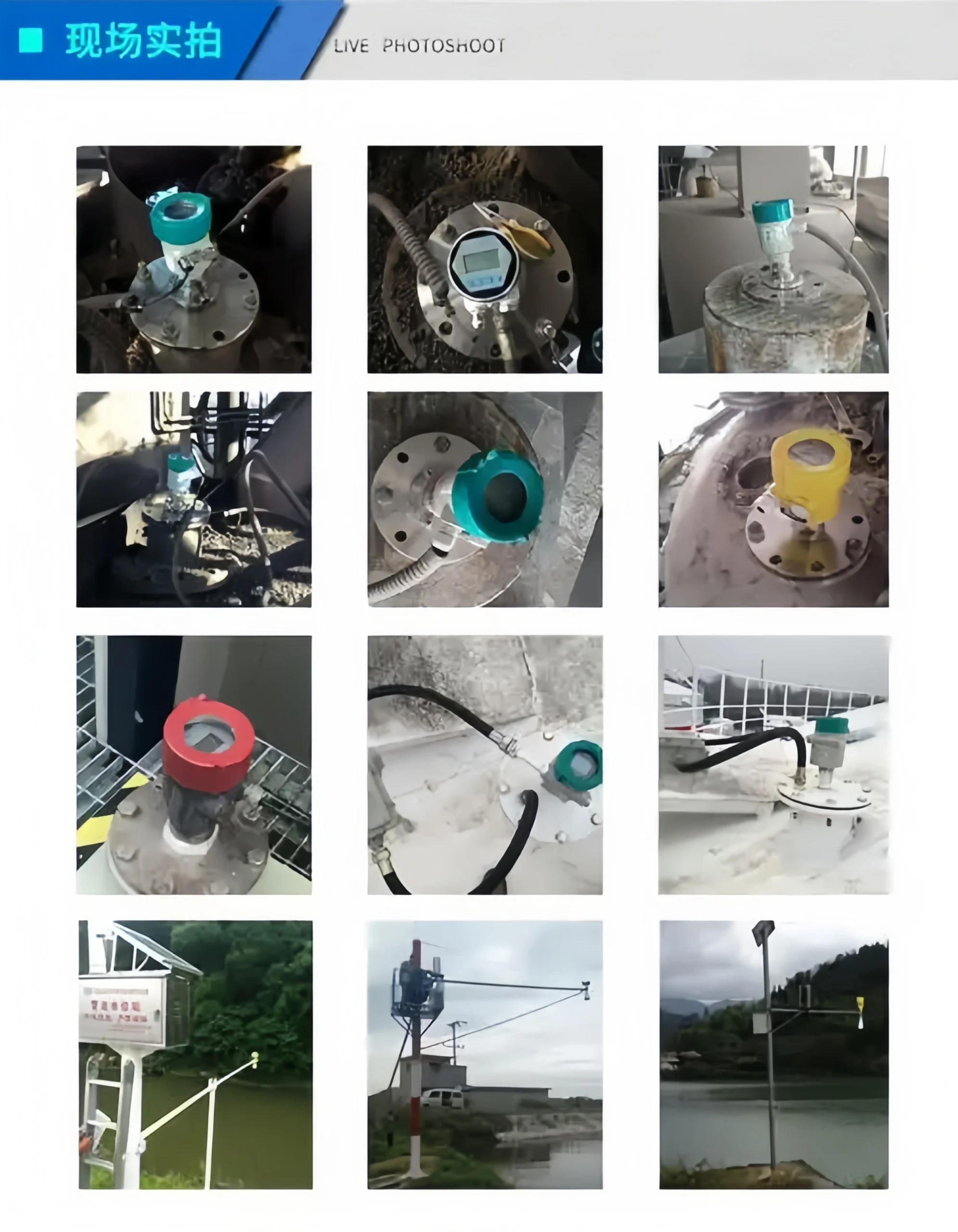
2. Adaptability to the Operating Environment
Radar Level Transmitters (Non-Contact)
Suitable for use in open spaces with no complex structures within the tank (e.g., no agitators, ladders, or other obstructions). Because microwave propagation is easily affected by reflections from obstacles. A sufficient “unobstructed area” must be reserved (typically, the antenna must be at least 30 cm away from the obstacle).
Guided Wave Radar Level Transmitters
Suitable for use in environments with complex tank structures and obstacles. Because the waveguide propagates directionally, interference from surrounding structures is minimal. However, the waveguide must be vertical and unbendable. Avoid contact with the tank wall or other components (otherwise, false reflections will occur).
Different Measuring Parameters
| Guided Wave Radar Level Transmitter | Radar Level Transmitter | |
| Measuring range | 30m | 120m |
| Process temperature | (-200~400)℃ | (-40~280)℃ |
| Process pressure | (-0.1~40) MPa | (-0.1~2.5) MPa |
| Signal output | (4~20)mA/HART | Two-wire system/4…20mA/HART protocol Modbus protocol |
| Shell | aluminum single cavity/aluminum double cavity/plastic/stainless steel single cavity | Aluminum/Plastic/Stainless steel |
| Frequency | 500MHz-1.8GHz | 80GHz |
| Measurement Accuracy | ±10mm | ±2mm |
| Antenna | fully PTFE sealed cable or rod antenna/dual-cable antenna/coaxial tube antenna/single pole or single cable type | 21mm lens antenna/32mm lens antenna/76mm lens antenna/ 44mm lens antenna/ |
Different Selection Methods
Ordinary radars can be used interchangeably. Guided wave radars are not interchangeable. Because their probe (cable) length is fixed based on the original operating conditions.
Guided wave radar level transmitters
The probe (cable) length must be pre-determined based on the actual operating conditions. Make the selection process relatively complex. Selecting a guided wave radar level transmitter requires considering many factors. Such as the media, environment and installation.
Choosing the right level transmitter requires comprehensive consideration of factors. such as the application requirements, media characteristics, and installation environment.
Different Installation and Maintenance
Radar Level Transmitter(Non-Contact)
Installation: Avoid obstructions within the tank (such as agitator shafts and heating tubes). The distance between the antenna center and the tank wall should be at least 1/6 of the tank diameter. Avoid false reflections.
Maintenance: Virtually maintenance-free (no contacting parts). Requiring only regular antenna cleaning to prevent dust accumulation.
Guided Wave Radar Level Transmitter
Installation: The waveguide must extend vertically into the medium, with the bottom 5-10 cm from the tank bottom. Avoid reflections caused by contact with the bottom. Securely fasten the waveguide to prevent shaking.
Maintenance: Regularly clean the waveguide. Remove buildup and scale. (especially with high-viscosity media) As this can cause false reflections.
Different Structures
The two different level transmitters have different applications.
Radar Level Transmitter: Consists of a rod antenna or a horn.
Guided Wave Radar Level Transmitter: Include single-rod and single-cable, dual-cable, and coaxial types.
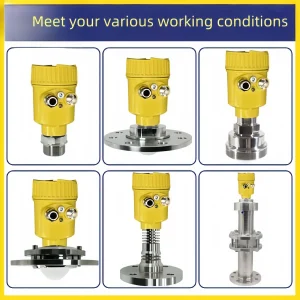
Different Signal Reliability and Different Costs
In terms of signal reliability, guided wave radar level transmitters are unaffected by changes in temperature, pressure, or vapor density. They operate reliably even under extreme conditions. such as high temperatures, vacuum applications, or corrosive environments. However, guided wave radar may face limitations in applications. Such as foam, agitated surfaces, or materials with low dielectric constants can interfere with measurement.
Radar level transmitters excel in applications with agitated surfaces, heavy vapor, or turbulent flows. Because they measure the strongest echo, typically from a liquid or solid surface. They are unaffected by foam or low dielectric constant materials. However, steam, dust, condensation, or buildup on the antenna can affect measurement accuracy.
Generally speaking, prices vary due to various factors, such as housing material, the medium and the measurement environment.
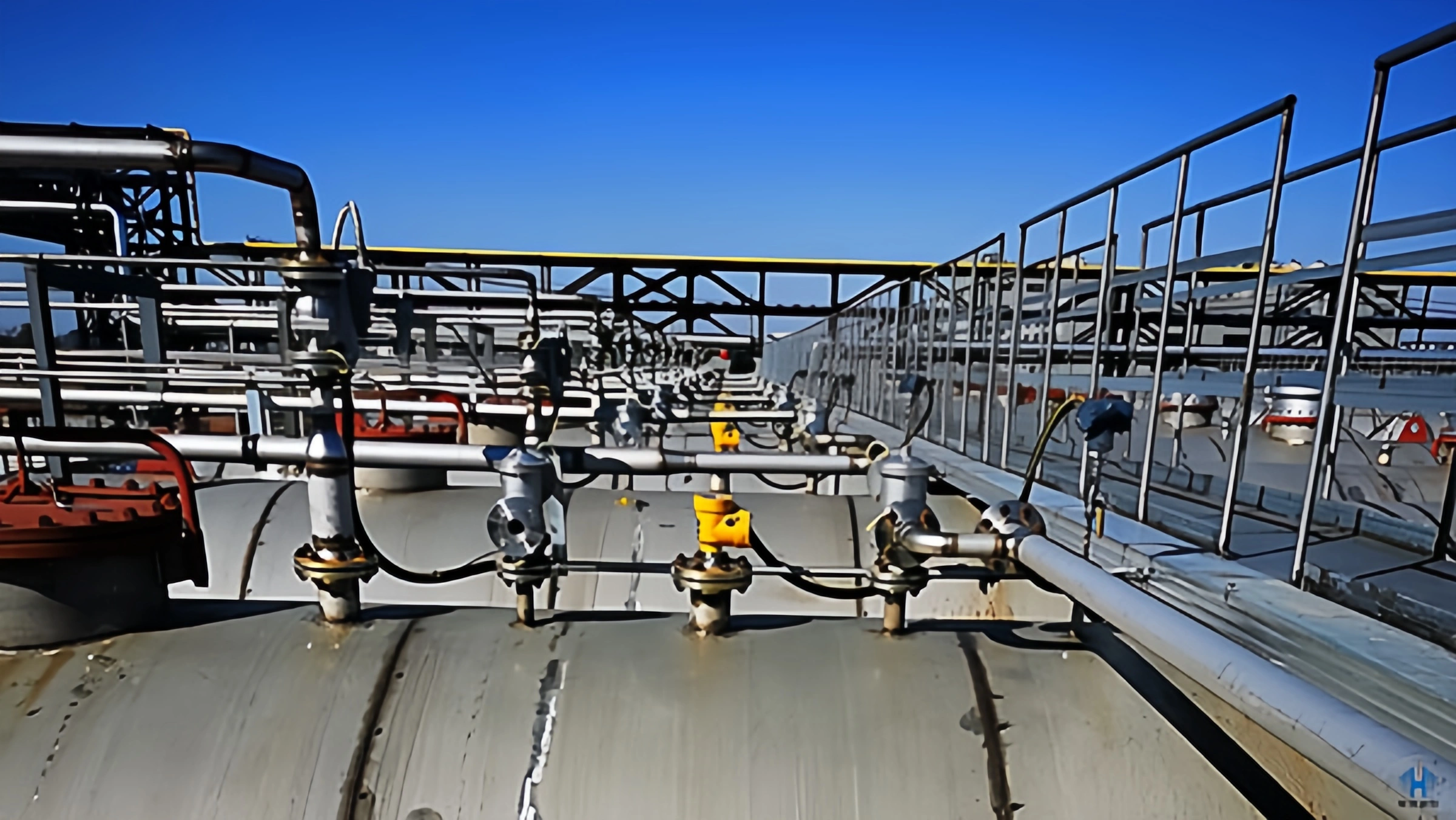
What is the difference between radar and ultrasonic level transmitters?
Radar level transmitters:
Utilize electromagnetic waves, transmitted through an antenna. And receiving reflected waves, calculating the liquid level based on the propagation time.
Ultrasonic level transmitters:
Utilize sound waves, transmitting high-frequency sound waves. And receiving reflected signals, calculating the liquid level based on the round-trip time of the sound waves.
Read More About: Radar and Ultrasonic Level Transmitters difference.
What is the difference between GWR and NCR?
GWR stands for guided wave radar. NCR stands for non-contact radar.
Working Principle
GWR (guided wave radar): Electromagnetic waves are transmitted through a waveguide. After the waves are reflected by the surface of the medium. The liquid level is calculated by measuring the round-trip time.
NCR (non-contact radar): Utilizes microwave technology, eliminating direct contact with the medium. Microwaves are transmitted and reflected signals are received. Calculating the liquid level based on the time difference.
Contact Method
GWR: Requires direct contact with the measured medium by inserting a waveguide.
NCR: Avoids contact with the medium, thus avoiding corrosion and contamination.
Why is Radar Better Than Ultrasonic?
Radar has advantages over ultrasonics in the following aspects.
Measuring Range
Radar level transmitters can meet a wide range of requirements, reaching up to 120 meters. Ultrasonic level transmitters generally have a maximum range of 20 meters.
High-Temperature and High-Pressure Environments
Ultrasonic level transmitters typically operate at room temperature and pressure. Radar level transmitters can easily withstand 220°C and 40 bar. They are widely used in high-temperature and high-pressure environments. such as steam boilers and reactors.
Steam and Foam Interference
Ultrasonic level transmitters are highly susceptible to interference. (steam, foam, and condensate, resulting in echo signal loss)
Radar level transmitters rely on the penetrating properties of electromagnetic waves. Provide stable measurements even in environments with foam, steam, and high humidity.
Dust and Volatile Gases
Ultrasonic sensors are prone to dust accumulation, affecting signal transmission and reception. Radar level transmitters, equipped with encapsulated antennas and purge systems. Ensure long-term stable operation.
Measurement Accuracy and Stability:
Radar has an accuracy of up to ±1mm. Ultrasonic level transmitters typically have an accuracy range of ±5mm to ±10mm. And their measurement stability is easily affected by environmental changes.
Modern high-frequency radar level transmitters (such as 80GHz) can achieve accuracy within ±1mm. It has excellent signal stability and strong anti-interference capabilities.
Radar level transmitters feature dynamic signal processing algorithms. Enable precise echo recognition and accurate determination of the true liquid level. (Even in the presence of agitation, fluctuations, and turbulent liquid surfaces)
In the past, radar level transmitters were expensive. But Sino-Inst’s cost-effective radar level transmitters far surpass those of traditional ultrasonic equipment. Ultrasonic level transmitters can lead to maintenance and downtime costs.
When selecting a level transmitter, engineers should make an informed choice. It is based on the specific application scenario and media characteristics.
For example, in the chemical industry, radar level transmitters are more suitable for monitoring high-temperature, high-pressure liquids. In the food and pharmaceutical industries. Guided wave radar level transmitters may offer advantages. Due to their safety and hygiene requirements.
Sino-Inst offers a wide range of radar and guided wave radar level transmitters. We support customization of parameters. such as measurement range, temperature, pressure, material, and signal output. If you need to select the right level transmitter, please contact us. We will recommend the most suitable measurement solution.
